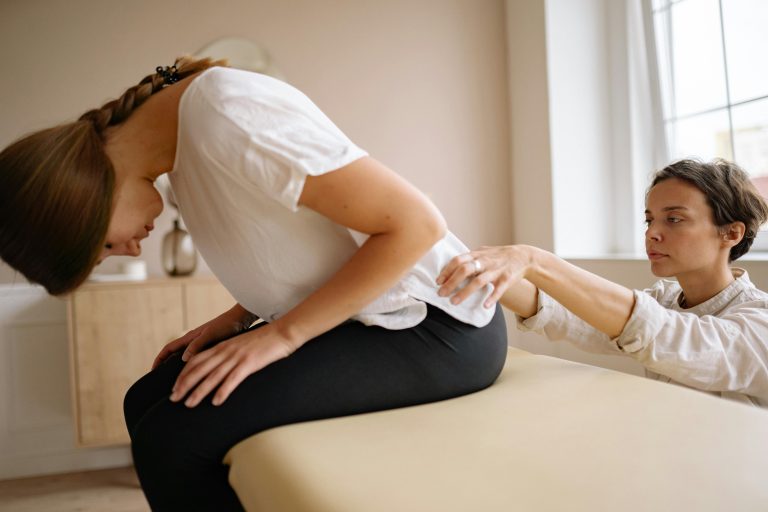Slip and fall accidents are among the most common causes of injury, particularly in homes, workplaces, and public areas where surfaces may be uneven, slippery, or cluttered. These incidents can lead to a range of physical harm, from minor discomfort to long-term mobility challenges.
While some injuries heal with time and rest, many require targeted rehabilitation to support a full recovery. Knowing what to expect and how treatment plays a role can make a significant difference in outcomes.
Addressing Soft Tissue Damage With Restorative Care
Sprains, strains, and muscle tears are typical results of sudden falls. These injuries often affect the ankles, knees, shoulders, or wrists, depending on how the body lands or twists during the incident. Though some individuals may initially underestimate the impact, untreated soft tissue damage can lead to chronic pain or recurring instability.
Rehabilitation focuses on reducing inflammation, restoring strength, and improving joint flexibility, making it easier to regain function and avoid reinjury.
Managing Back and Neck Injuries With Targeted Support
The spine often bears the brunt of a fall, especially when the impact occurs on a hard surface. Injuries to the back or neck may range from minor muscle spasms to more serious conditions such as herniated discs or nerve compression.
Recovery requires a multifaceted approach, often combining physical therapy with posture training and controlled movements. By addressing pain and improving core stability, patients are better equipped to resume daily activities without discomfort or risk.
Treating Head Injuries With Careful Monitoring
Falls that result in a blow to the head can lead to concussions or more severe traumatic brain injuries. Even a mild concussion should be taken seriously, as symptoms like dizziness, memory lapses, or headaches can linger and interfere with everyday life.
Rehabilitation for head injuries focuses on cognitive function, balance, and sensory coordination. While full recovery times vary, consistent therapy is critical for regaining confidence and mental clarity after a fall.
Supporting Hip and Pelvic Recovery With Strength Building
For older adults in particular, a slip and fall can result in a fractured hip or pelvis. These injuries often require surgical intervention followed by extensive rehab. Restoring mobility, reducing pain, and rebuilding muscle strength are core goals of the recovery process. Fall prevention strategies also become a vital part of rehabilitation, helping individuals reduce the likelihood of future accidents while improving their quality of life.
Encouraging Functional Independence With Personalized Plans
Each person’s path to recovery looks different, which is why rehabilitation programs are tailored to meet individual needs and goals. A structured approach helps patients gradually return to their routines, whether that involves walking unaided, returning to work, or simply regaining confidence in mobility. In the middle stages of slip and fall rehab, attention is placed on functional movement—teaching the body to operate efficiently and safely in various environments.
Recovering from a slip and fall involves more than just healing from physical trauma—it also means rebuilding strength, confidence, and independence. Through structured slip and fall rehab, individuals can address a wide range of injuries, from soft tissue damage to spinal complications. With professional guidance, many patients find that rehab not only supports healing but also empowers them to avoid future incidents and live more comfortably in their day-to-day lives.


